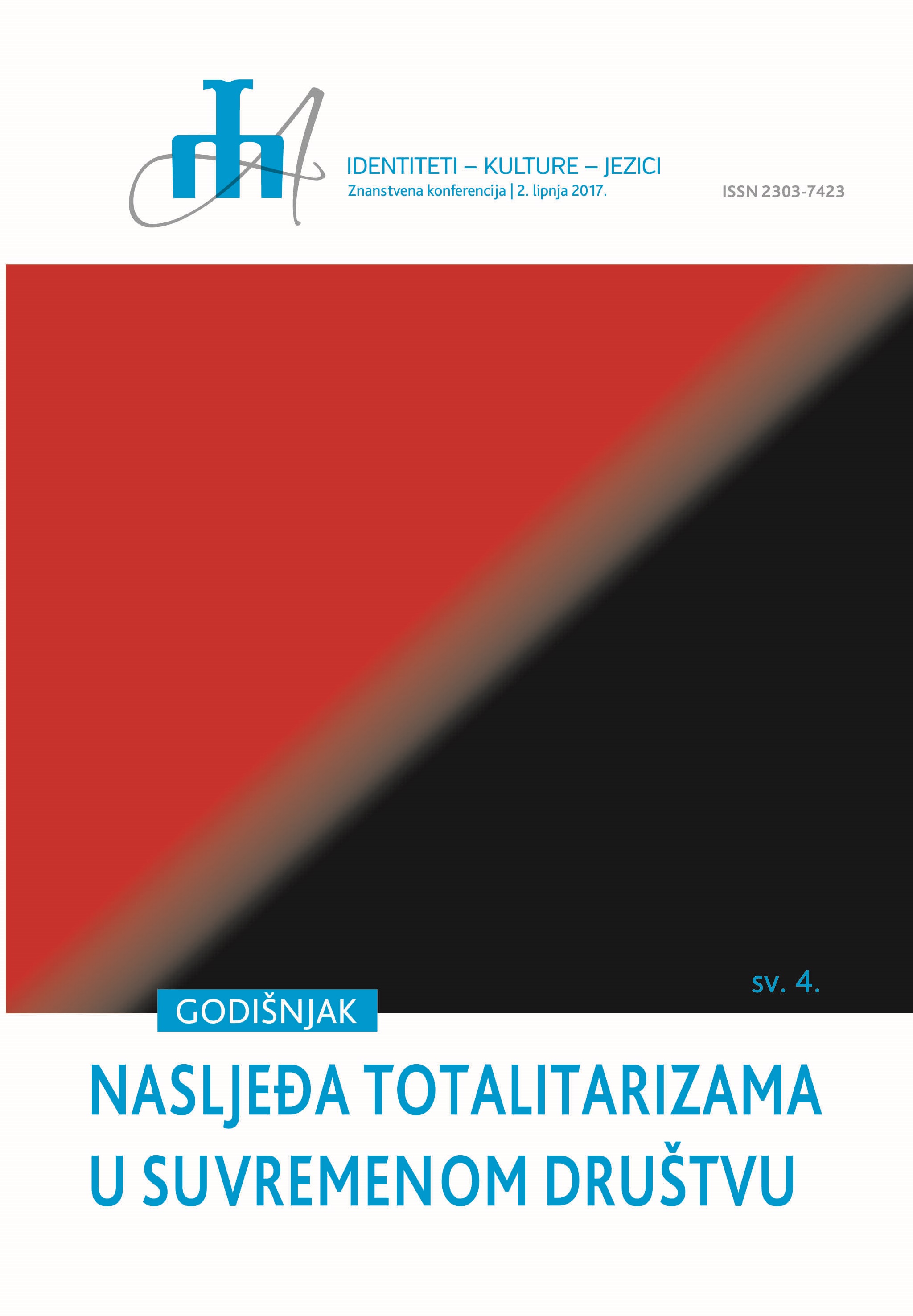Izgradnja katoličkih sakralnih objekata u doba komunizma i danas: primjer grada Osijeka
The catholic sacral objects in the communist era and today: the example of the city of Osijek
Author(s): Miljenko Brekalo, Anamarija Lukić, Ivan StipićSubject(s): Christian Theology and Religion, History of Communism, Post-Communist Transformation, Sociology of Religion
Published by: Filozofski fakultet Sveučilišta u Mostaru
Keywords: Osijek; parishes; parish churches; construction; Communist regime;
Summary/Abstract: After the proclamation of the Federal People's Republic of Yugoslavia on November 29, 1945, there were only three Catholic parishes, where a rich liturgical and pastoral life went on, in the city of Osijek. The number of parishes was far beyond the pastoral needs in the urban area even before World War II. But the aforementioned need had been present even more after the village of Retfala joined the town (1948) and especially until the end of the 1950s, when Osijek began its rapid growth. The city's longitude being its specific, greatly increased the need to split the parish into several smaller parishes. However, there was a significant difficulty of the lack of suitable sacral buildings and the inability to build them. In the first post-war years, the Communist regime stopped the construction of a large Catholic complex dedicated to the Heart of Jesus in the centre of the city of Osijek. They also made difficult the reconstruction and the upgrade of the then existing Catholic sacral and pastoral buildings. It was only after 1968, when the turnaround occurred, i.e. when the construction of five new parishes began, in a modern, socialist realist style, under the strict control of the Communist regime. In addition to these five parishes, three new ones were established, but until recently they have functioned in inappropriate facilities, i.e. in adapted family houses, although the government pressure put on the Church ceased with the collapse of the Communist regime. The authors analysed the construction and maintenance of Osijek’s (Catholic) sacral buildings in the period of 1947-2017, regarding the funding, functionality and utilization, comparing the situation during and after the Communist regime. The research is primarily grounded on the sources from Osijek parishes – the parish chronicles and memorials.
Journal: Identiteti - Kulture - Jezici
- Issue Year: 4/2018
- Issue No: 1
- Page Range: 89-111
- Page Count: 23
- Language: Croatian

